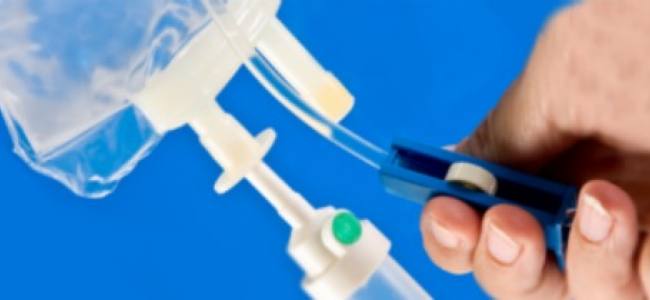
Prehospital intravenous access and fluid resuscitation in severe sepsis: an observational cohort study
Prompt treatment of severe sepsis in the Emergency Department reduces deaths, but the role of prehospital fluid resuscitation is unknown. We sought to determine the risk-adjusted association between prehospital fluid administration and hospital mortality among emergency medical services (EMS) patients admitted with severe sepsis.
Of all encounters, 1,350 met criteria for severe sepsis on admission, of whom 205 (15%) died by hospital discharge, 312 (23%) received prehospital intravenous fluid, 90 (7%) received a prehospital catheter alone and 948 (70%) did not receive catheter or fluid. EMS administered a median prehospital fluid volume of 500 mL (interquartile range (IQR): 200, 1000 mL). In adjusted models, the administration of any prehospital fluid was associated with reduced hospital mortality (OR¿=¿0.46; 95% CI: 0.23, 0.88; P¿=¿0.02) compared to no prehospital fluid. The odds of hospital mortality were also lower among severe sepsis patients treated with prehospital intravenous catheter alone (OR¿=¿0.3; 95% CI: 0.17 to 0.57; P <0.01).
Article by Alan Batt
Alan is a Clinical Educator working in the UAE who has previously worked and studied in Ireland, Bosnia, Croatia, the USA and Canada. He completed his initial Paramedic education in University College Dublin, Critical Care Paramedic education in Creighton University and is currently studying an MSc Critical Care in Cardiff University. His main interests are in geriatric care, sepsis management and prehospital education.


